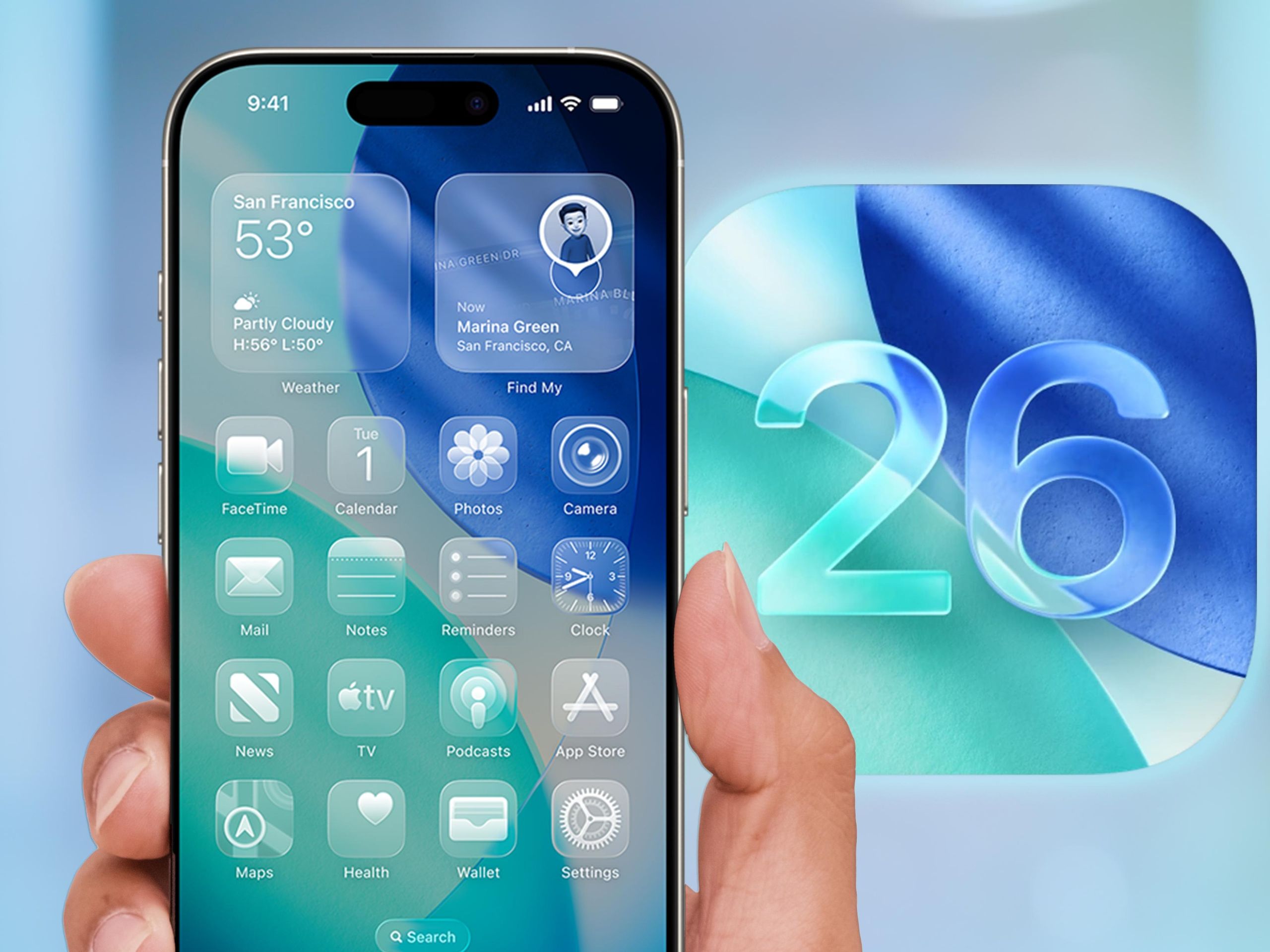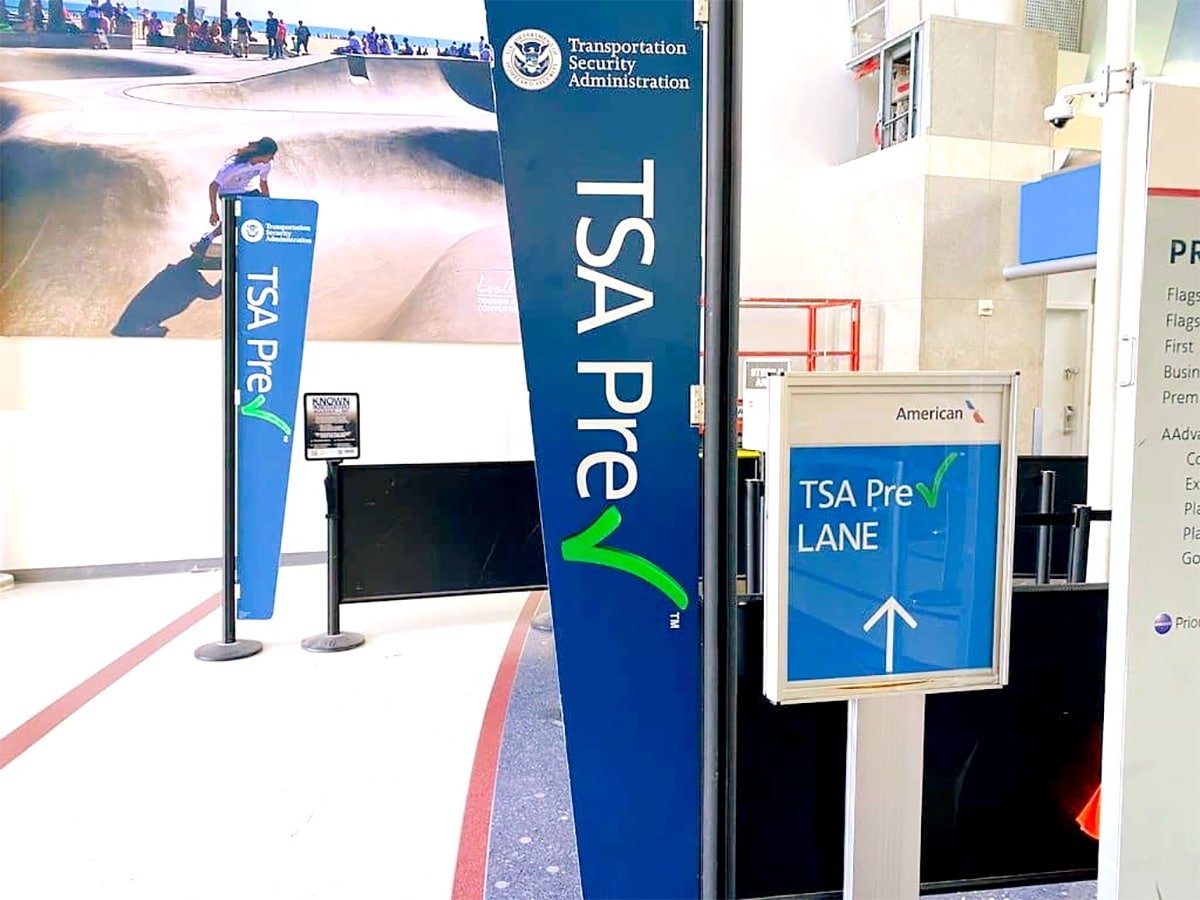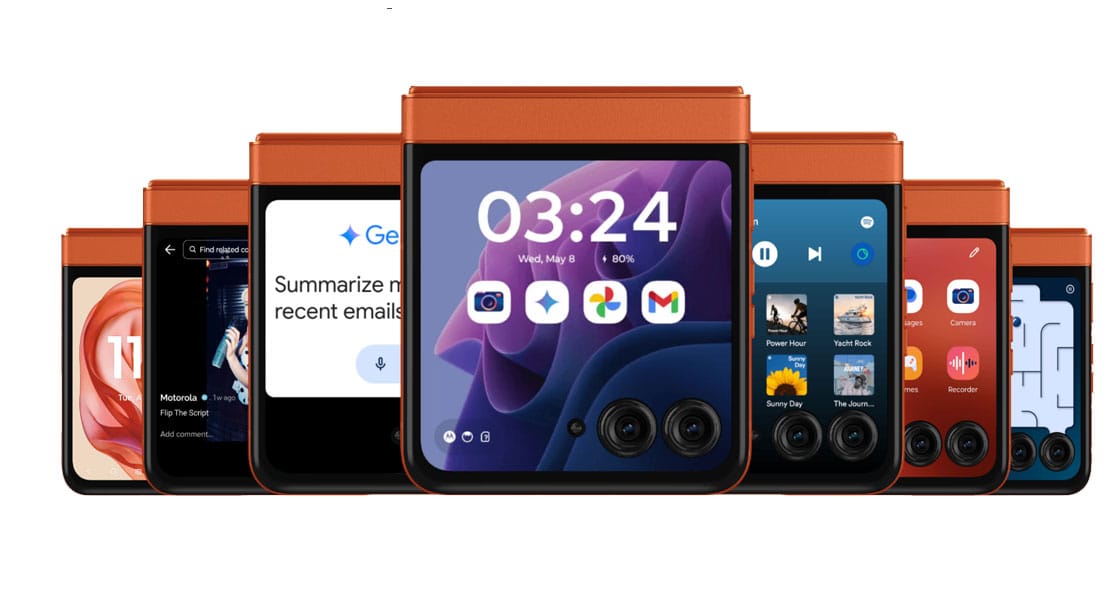iPadOS 26.2 Poised to Tackle Significant Problems with Apple’s Existing iPad Software
# iPadOS 26.2: A Return to Well-Known Multi-Tasking Features
With the launch of iPadOS 26.2, Apple has introduced notable improvements to the iPad experience, especially for users who depend on multi-tasking capabilities. This update reinstates the cherished Split View feature and brings in a new gesture for Slide Over, enabling users to drag and drop applications straight from the dock, which will automatically adjust without requiring manual resizing.
## The Initial Removal of Slide Over in iPadOS 26
When Apple unveiled iPadOS 26 at WWDC25, it presented a new windowing system that nudged the iPad closer to a Mac-like experience. This update featured resizable app windows and overlapping windows, appealing to advanced users. However, this change came at the cost of the classic multi-tasking system, leaving some users dissatisfied. Many, especially those who favored a straightforward interface, found themselves returning to the use of apps in full-screen mode.
The Slide Over feature, which enabled users to swiftly access secondary applications without interrupting their primary task, was notably missed. Even though Apple tried to reinstate Slide Over functionality in iPadOS 26.1, it required users to interact with traffic light controls to enable the feature, instead of the intuitive drag-and-drop method users were familiar with.
## iPadOS 26.2: Restoring Ease in Multi-Tasking
The launch of iPadOS 26.2 signifies a welcome comeback to the uncomplicated multi-tasking experience that many users valued. This update reaffirms the familiar gestures for launching apps in Split View and Slide Over, streamlining the management of workflows without the intricacies imposed in earlier versions. While the upgraded system still functions within the framework of the revised windowing system, it closely mirrors the capabilities of past iPadOS versions.
For users who found the switch to iPadOS 26 difficult, this update serves as a breath of fresh air. The capability to quickly open apps like Messages or Notes without the cumbersome windowing method revitalizes the iPad’s status as a versatile device for both work and leisure.
Despite the advancements, some features from prior versions, such as stacking multiple apps in Slide Over, have yet to make a comeback. Nonetheless, the overall improvements in iPadOS 26.2 have been well-received by users who appreciate simplicity and efficiency in their iPad experience.
## Conclusion
The updates in iPadOS 26.2 demonstrate Apple’s attentiveness to user feedback, especially concerning the multi-tasking functionalities that are crucial to the iPad’s performance. By reintroducing Split View and simplifying the Slide Over experience, Apple has made significant progress in addressing the needs of both casual and advanced users. As the iPad continues to develop, it remains a robust tool for productivity and creativity, now featuring a more user-friendly approach to multi-tasking.
Read More











